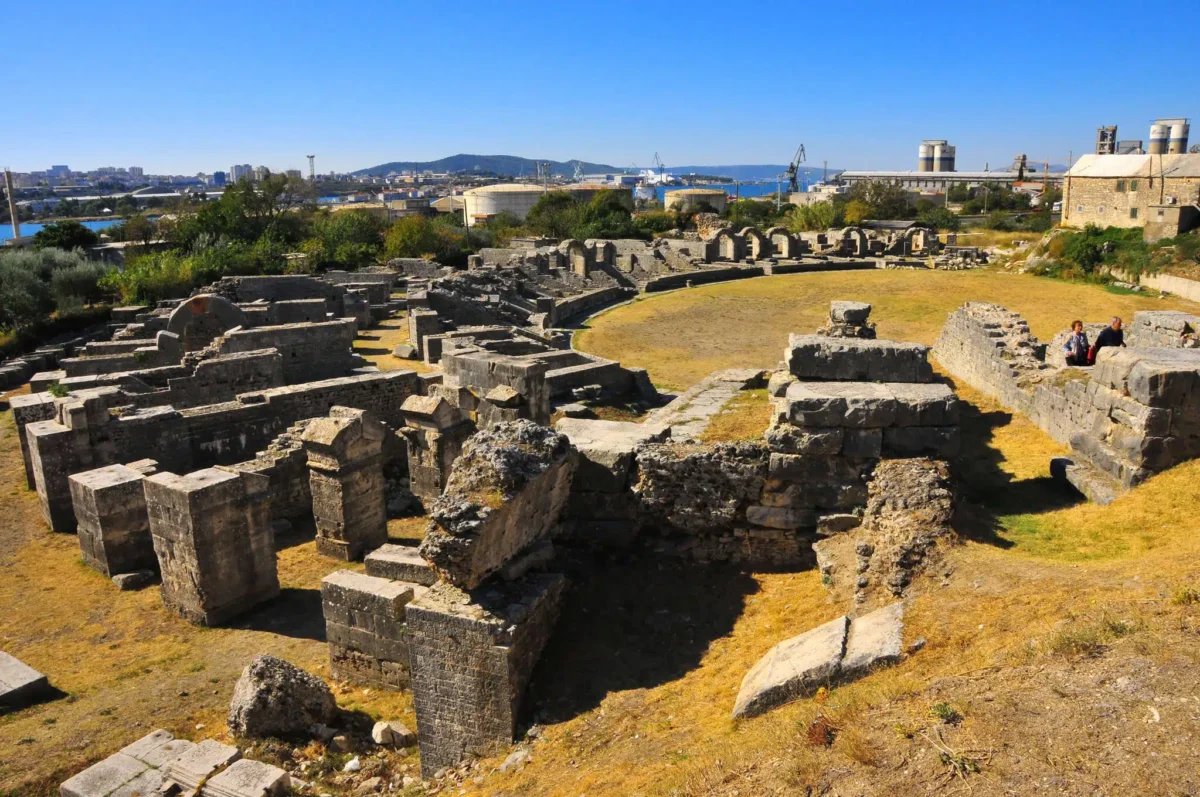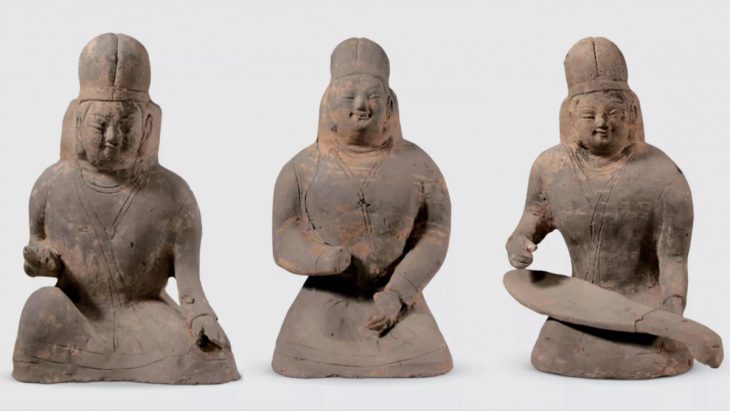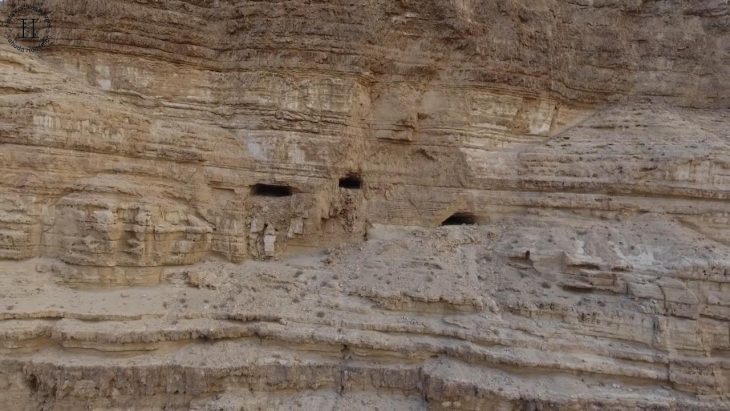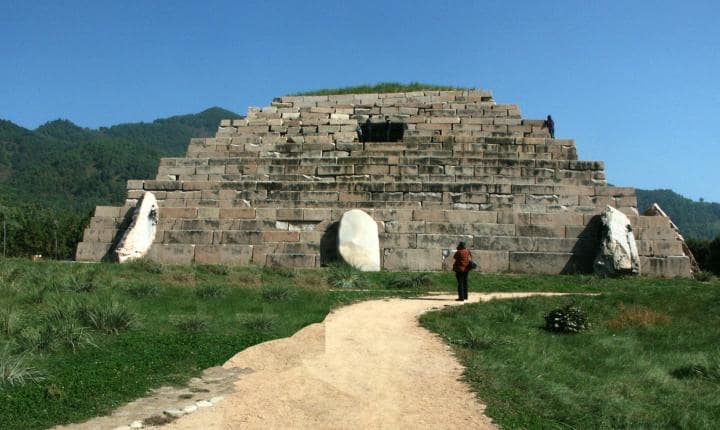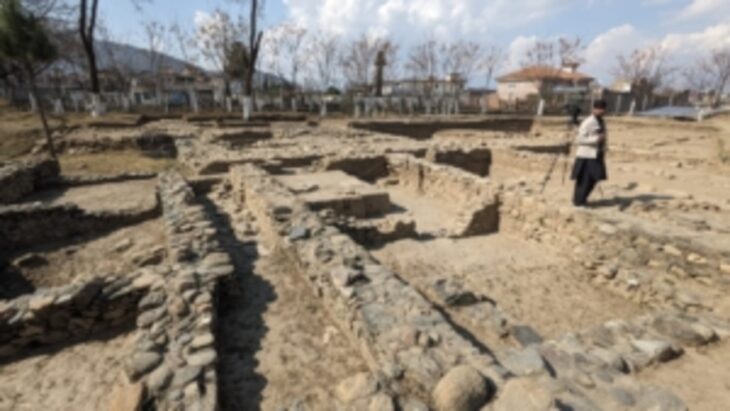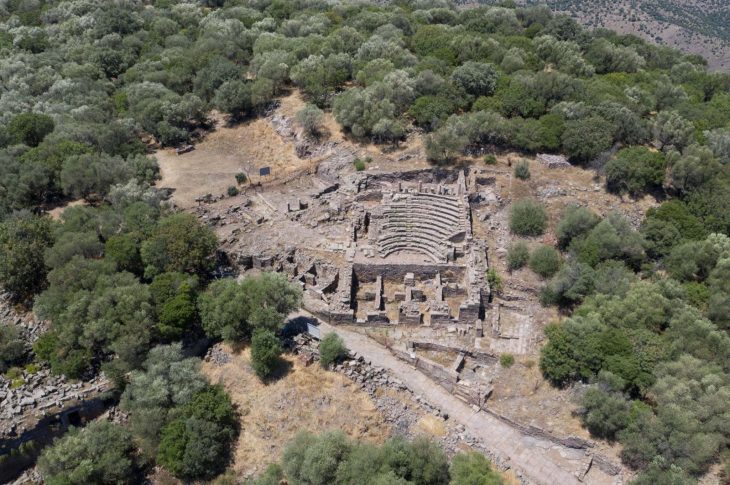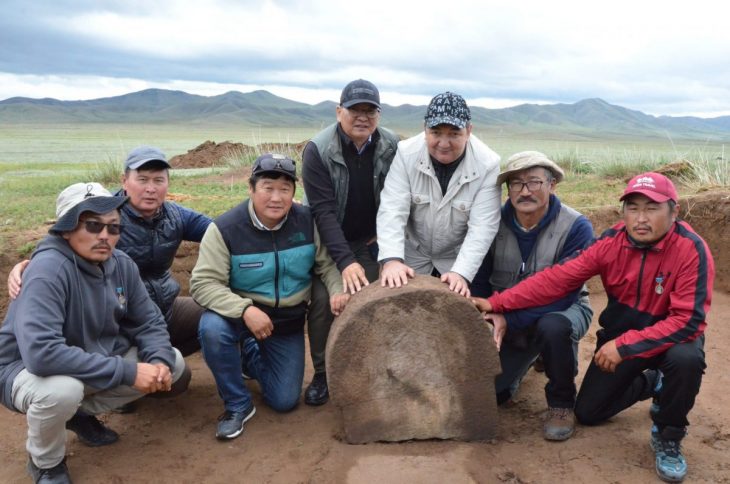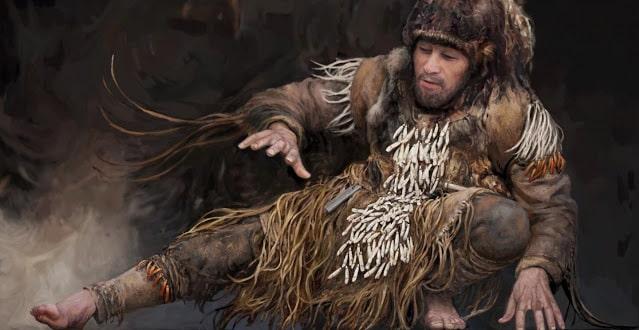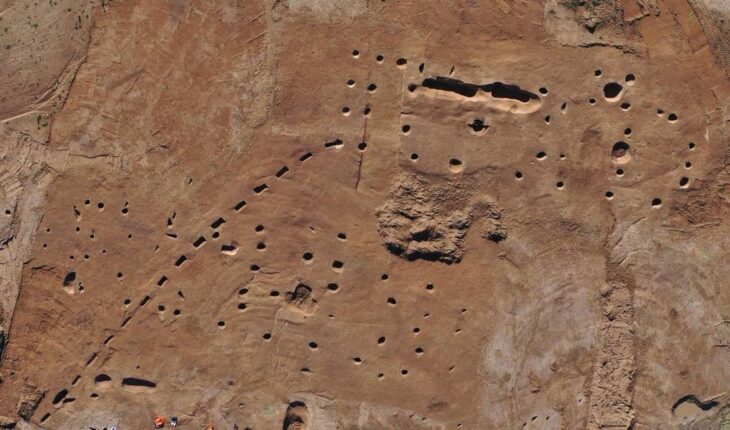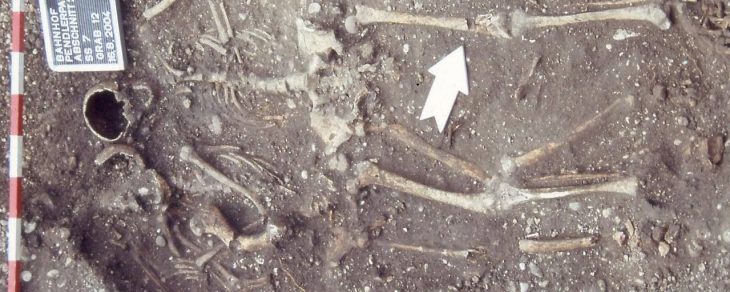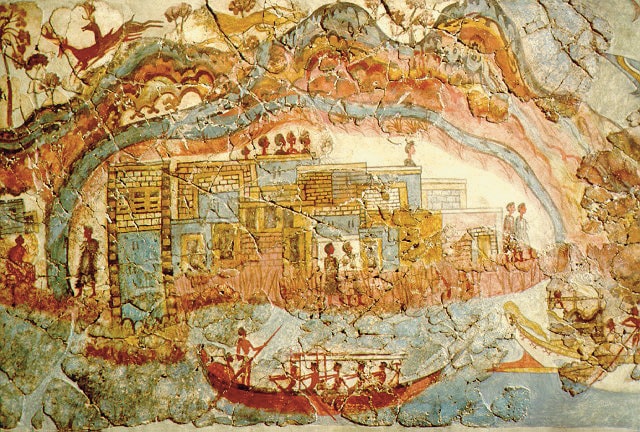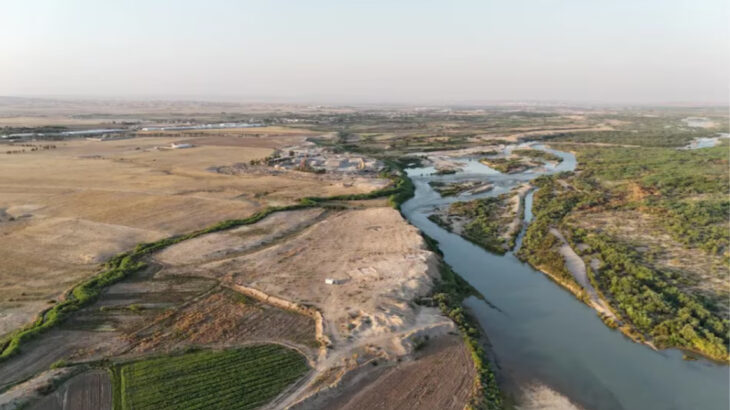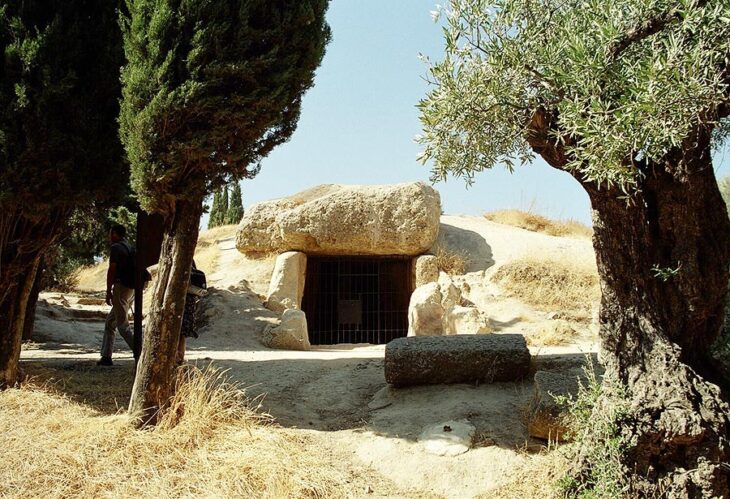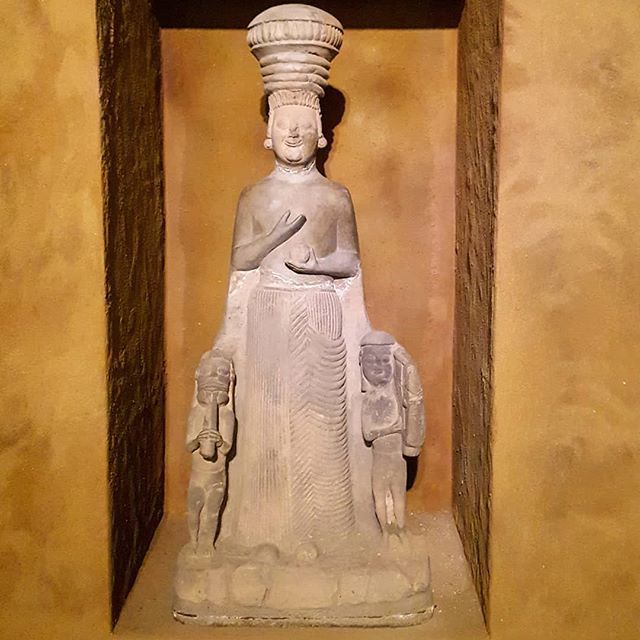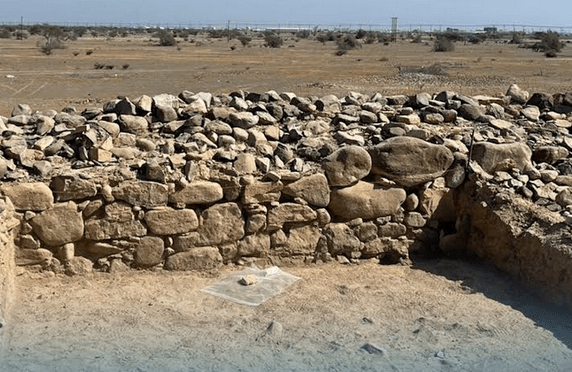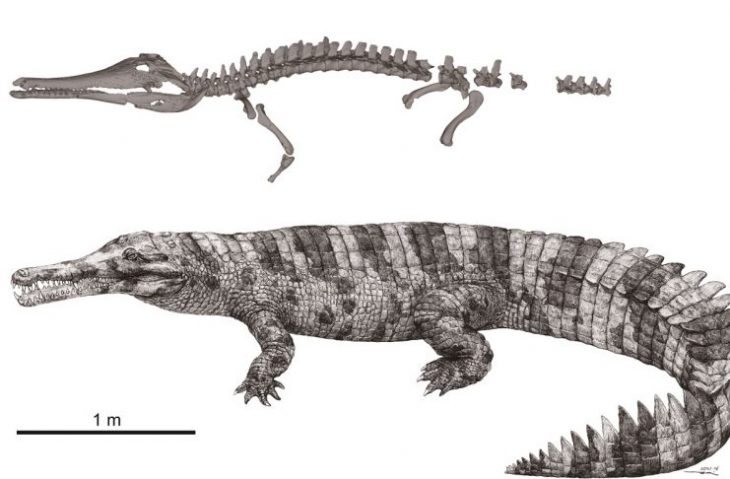Recent archaeological excavations in Croatia have unearthed a remarkable and heart-wrenching discovery: the remains of twin babies interred together in a Roman-era grave dating back to the 1st and 2nd centuries A.D.
This significant find, located at the Dragulin cemetery near the ancient city of Tragurium (modern-day Trogir), not only highlights the burial practices of the time but also raises important questions about the health conditions faced by infants in ancient societies.
Tragurium, an ancient city located in present-day Trogir, Croatia, was originally established as a Greek settlement in the 3rd century B.C. It later became part of the Roman Empire, flourishing as a significant trade and cultural center. The city is renowned for its well-preserved Roman architecture, including temples, forums, and residential buildings, reflecting the influence of Greek and Roman cultures. Tragurium’s strategic coastal location facilitated maritime trade, contributing to its economic prosperity.
The skeletal remains of the twins, a boy and a girl, were found face to face in the same burial pit, suggesting they were interred simultaneously. Genetic testing confirmed their status as fraternal twins, a rarity in Roman burial records.
This discovery challenges the prevailing notion that infant deaths were often treated with indifference in Roman culture. Instead, the careful positioning of the twins indicates that their family may have taken special care in their burial, reflecting a deeper emotional connection and concern for their short lives.
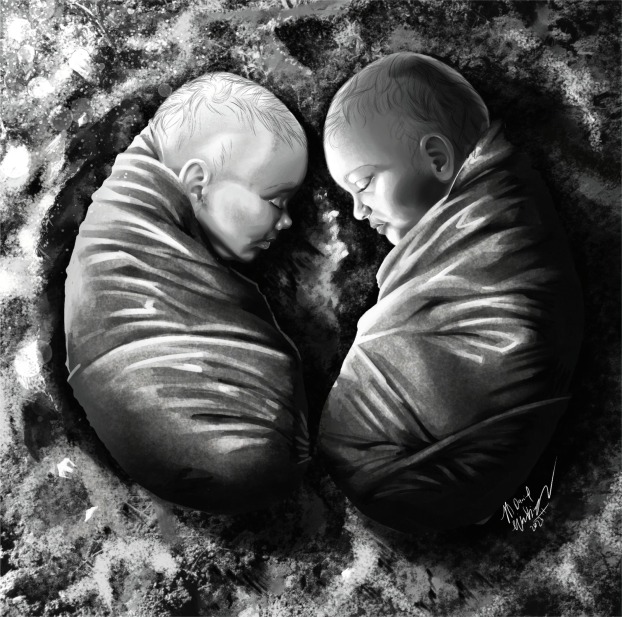
Bioarchaeological analysis of the remains revealed alarming signs of severe metabolic diseases, including scurvy and rickets, which are indicative of significant nutritional deficiencies. These conditions suggest that the twins may have suffered from malnutrition even before birth, likely due to their mother’s health during pregnancy.
Isotopic analysis of the skeletal remains indicates that the mother’s diet consisted of typical Roman foods, such as seafood, wheat, and barley, which aligns with broader Mediterranean dietary patterns. This finding underscores the critical role of maternal nutrition in fetal development and infant health.
Another layer of complexity in this discovery is the potential link between the twins’ health issues and lead exposure, a well-documented problem in Roman society. Lead was commonly used in various aspects of daily life, from water pipes to cooking utensils.
Previous studies have shown that lead levels in Roman populations were significantly higher than in earlier societies, raising concerns about its impact on health. Although the Tragurium twins have not yet been tested for lead exposure, the prevalence of metabolic disorders in the community suggests that lead contamination may have contributed to their health challenges.
The burial of the Tragurium twins also sheds light on the funerary practices of the time. In Roman culture, infant burials often differed from those of adults, with infants sometimes interred in informal spaces or household areas.
The Dragulin cemetery has yielded several infant graves, including some within large clay jars, indicating a specific funerary pattern for young children. This contrasts with the more structured burial practices typically reserved for adults, suggesting a nuanced understanding of life and death within the community.

The discovery of the Tragurium twins offers a rare and valuable perspective on the lives of infants in ancient Roman society. Through a combination of archaeological, genetic, and chemical analyses, researchers have begun to reconstruct the twins’ short lives, their health challenges, and the cultural practices surrounding their burial.
This find not only enriches our understanding of early Roman funerary customs but also highlights the broader issues of health, nutrition, and societal attitudes towards infant mortality in ancient times. As further research unfolds, the Tragurium twins will undoubtedly continue to illuminate the complexities of life in the Roman world.
Tragurium, an ancient city located in present-day Trogir, Croatia, was originally established as a Greek settlement in the 3rd century B.C. It later became part of the Roman Empire, flourishing as a significant trade and cultural center. The city is renowned for its well-preserved Roman architecture, including temples, forums, and residential buildings, reflecting the influence of Greek and Roman cultures. Tragurium’s strategic coastal location facilitated maritime trade, contributing to its economic prosperity.
This study was published in the Journal of Archaeological Science: Reports.
Cover Image Credit: Ancient Roman ruins in Trogir, Croatia. Credit: Michael Wong / CC BY-NC 2.0
Anna Osterholtz, Mario Novak, et al., Death and burial of a set of fraternal twins from Tragurium: An osteobiographical approach. Journal of Archaeological Science: Reports, Volume 62, April 2025, 105071. doi.org/10.1016/j.jasrep.2025.105071

